We were lucky to catch up with Sandra Wong Orloff recently and have shared our conversation below.
Alright, Sandra thanks for taking the time to share your stories and insights with us today. What’s been the most meaningful project you’ve worked on?
I have always been a creative person. I did not spend much on the idea of being a professional creative person – the two could feel at odds at times. I love being an artist/maker, it is really a challenge to make a living being an artist. So while I have endeavored to pursue artistic practice, I have had to find other ways to make a living (graphic and web design, book keeping, and other things). I have been making art for a long time. there was a period, after my receiving my MFA, that I worked and showed pretty consistently. Then I took a break from pursuing being a professional artist, raised a son and worked on a long project, a graphic novel that is mostly done but now on hold. A few years ago I started playing around with figure drawings combined with water color elements. Feedback was encouraging, I’m showing art in public art spaces again. During this time I joined an artists collective and recently have partnered in a small gallery in Oakland. At this time in my artist journey, what I enjoy the most is the making – time in my studio creating. I’m at a place in my life where I can let a lot of things go and at the same time devote my attention to what is most meaningful for me. As a gallerist, I hope to support artists who are also discovering their way.
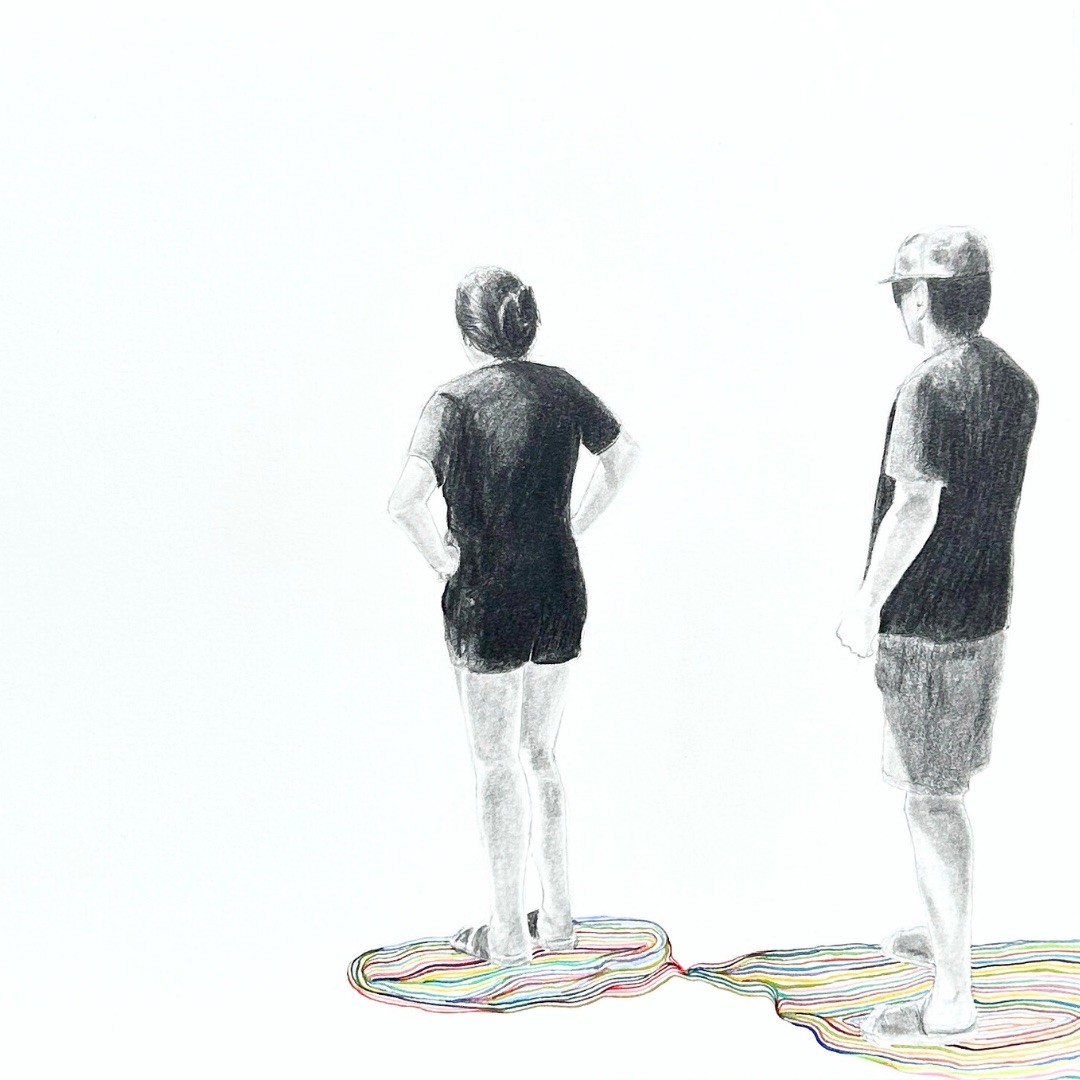
Sandra, love having you share your insights with us. Before we ask you more questions, maybe you can take a moment to introduce yourself to our readers who might have missed our earlier conversations?
I love drawing, I really do. I have drawn a variety of subjects but my wheelhouse these days are people. It is a subject I understand and for me, a way to express emotions and ideas that are universal. I work from photographs. My current projects are inspired by images from my news feeds. I just did a diptych of young women protesting in Iran set next to an image of Iranian women enjoying the beach in 1977. In another diptych I drew images of people after recent fires on the island of Maui. My current pieces talk climate change protest and other activism, gun violence and mourning mass shootings and other social issues we all face. I want to remind us of images that can be fleeting and that we are in danger of becoming numb to. I draw the figures in graphite, then create lines of colors to share the space. The lines for me are a way to connect the images. The lines also represent me the artist and person; how I’m responding to the subject, how the figure represents a shared experience of being alive at this time on this planet.
I like to think of myself as a re-emerging artist. I have two degrees, both in art. For a period I was an active working artist. Today, after a long break, I have begun showing again. Being an artist is an interesting path – there are no obvious steps to follow to get from student to professional, no guarantees of selling, showing and representation. I may have benefitted from some practical information but that wasn’t what art school shared. I value and appreciate my time as a student – got to work in a fabulous studio, connect with other artists at a similar place in their career, and focus on exploring the making. Since has been a history of learning as I go, and learning from mis-steps along the way. Today, being older and hopefully a little wiser, I appreciate that I can put my focus and energy on what is important and let go of the parts that don’t help. The first and best part of being an artist is the making – I am happiest in my studio. Beyond that I can do what I want in this industry, give back to the community and share what I know with emerging and under-represented artists.
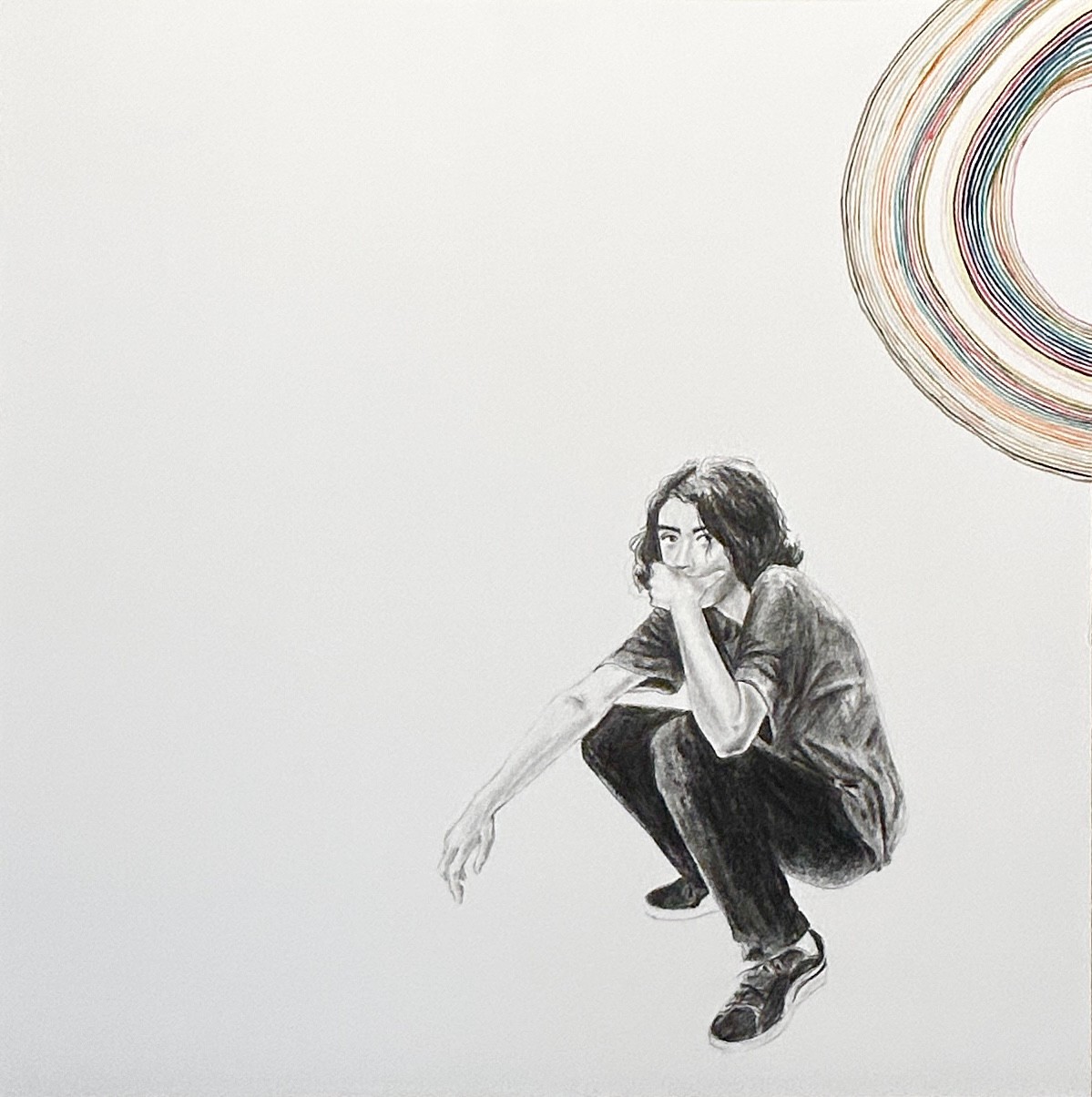
We often hear about learning lessons – but just as important is unlearning lessons. Have you ever had to unlearn a lesson?
After I graduated with my 2nd degree in art, I had a period of growing emerging artist success; I had the interest of a few galleries spaces, received a grant, and was included in a survey of bay Area artists at a major institution. It was encouraging, and a bit dizzying. I was approached to show some work from a gallery which I said yes to, while probably burning other bridges.
Eventually the bigger gallery dropped me, it was fair, I wasn’t producing a lot of new work at the time, mainly because I wasn’t feeling connected to the work I was making. I was distracted by to many whats and whys? Why was I making it, would it be as good as that last piece I sold, what would my audience want? Taking a break and working to reconnect with my art was needed at the time.
It may have been helpful for me to have information about what working with a gallery was like, what expectations were, what my responsibility to spaces that showed my work. At the time, many galleries expected exclusivity, which can be good and bad, the artist has a professional business to help promote work, but may not have the space to explore other opportunities, and in my case no say in when the gallery determines they are no longer interested in your work. I would have benefitted from knowing how to work with a gallery, and how to move on if it was time to explore other options.
Some of the best show experiences were where I had more control to create the environment; early on I was part of a group that put on pop-up art shows. It was a lot of work, a lot of fun and a way to show my work as well the art of other emerging artists. More recently I spent a year was part of a collective where I learned more about running an art space. I totally encouraged artists who want more exposure to look at the collective model. Today I’m a partner at a small gallery. I’m learning about the public business side of showing art with the insight I gained working with a variety of art venues.
The lesson and take-away? Find what is most important about being an artist and making and finding opportunities to share with the larger artistic community. I know now what I want to spend time and energy on and I’m learning how to make opportunities for myself and others.
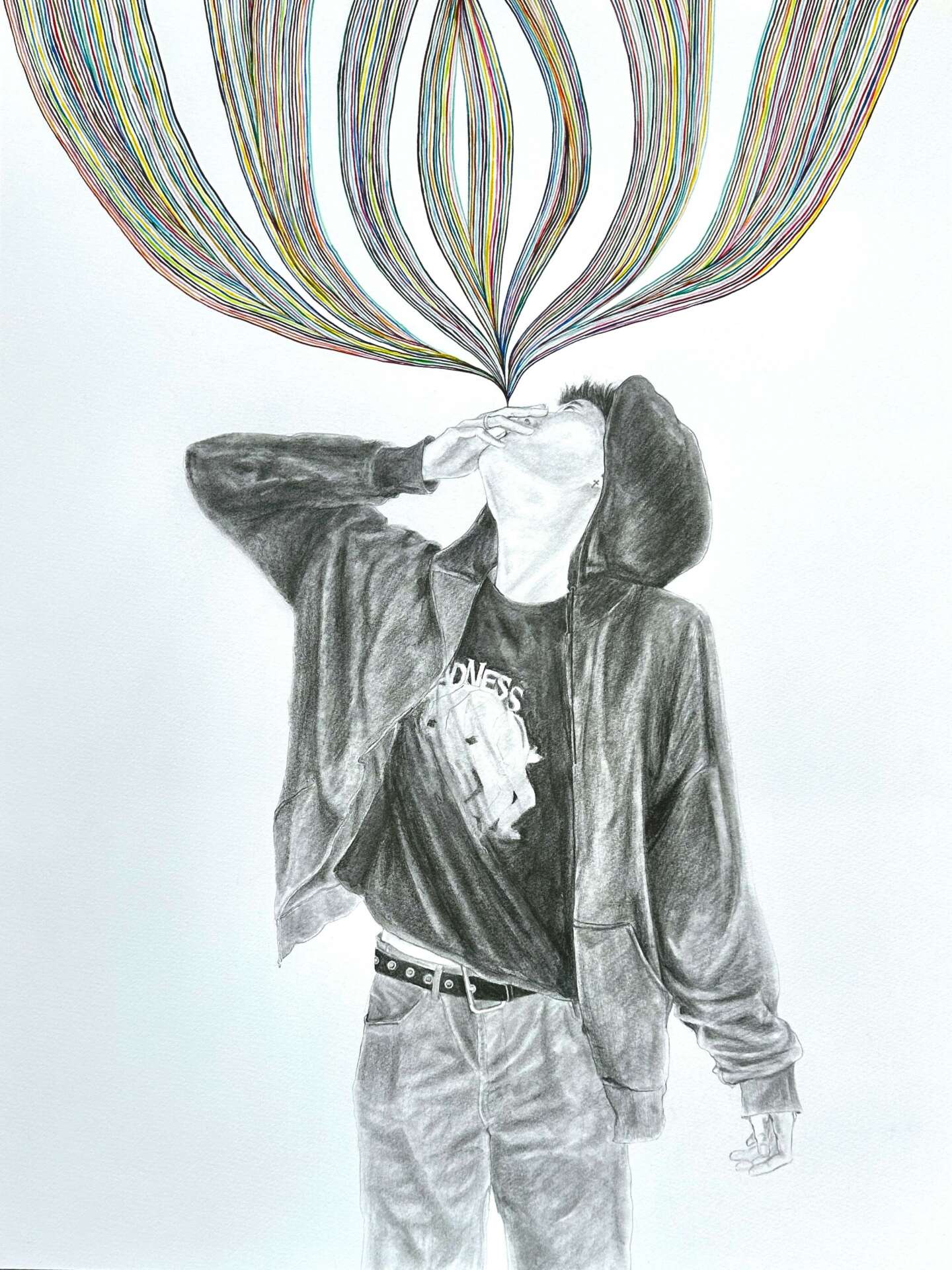
We’d love to hear the story of how you built up your social media audience?
Social media and being an artist. I came late to the game, I have always been a reluctant public sharer and social media user. When I started showing again, I worked harder at embracing social media. Instagram seems to work best for artists currently. I had a very small following, my audience and followers grew when I started really promoting my work on my Instagram profile. I’ve learned a few tips along the way and am still learning how to grow my audience. Hashtags help, as do reels and stories. I try to be consistent but many of us go through periods of over-exposure, and I sometimes take a break. The best profiles post regularly, use a variety of shares, use hashtags and other tools to be effective. I’ve purchased ads for posts and seen an increase in views. It is a great an easy way to share up to the minute insight into your practice. My advice is finding a balance – don’t let social media scare or intimidate you but maintain routine that works for you. And, remember to update your website!
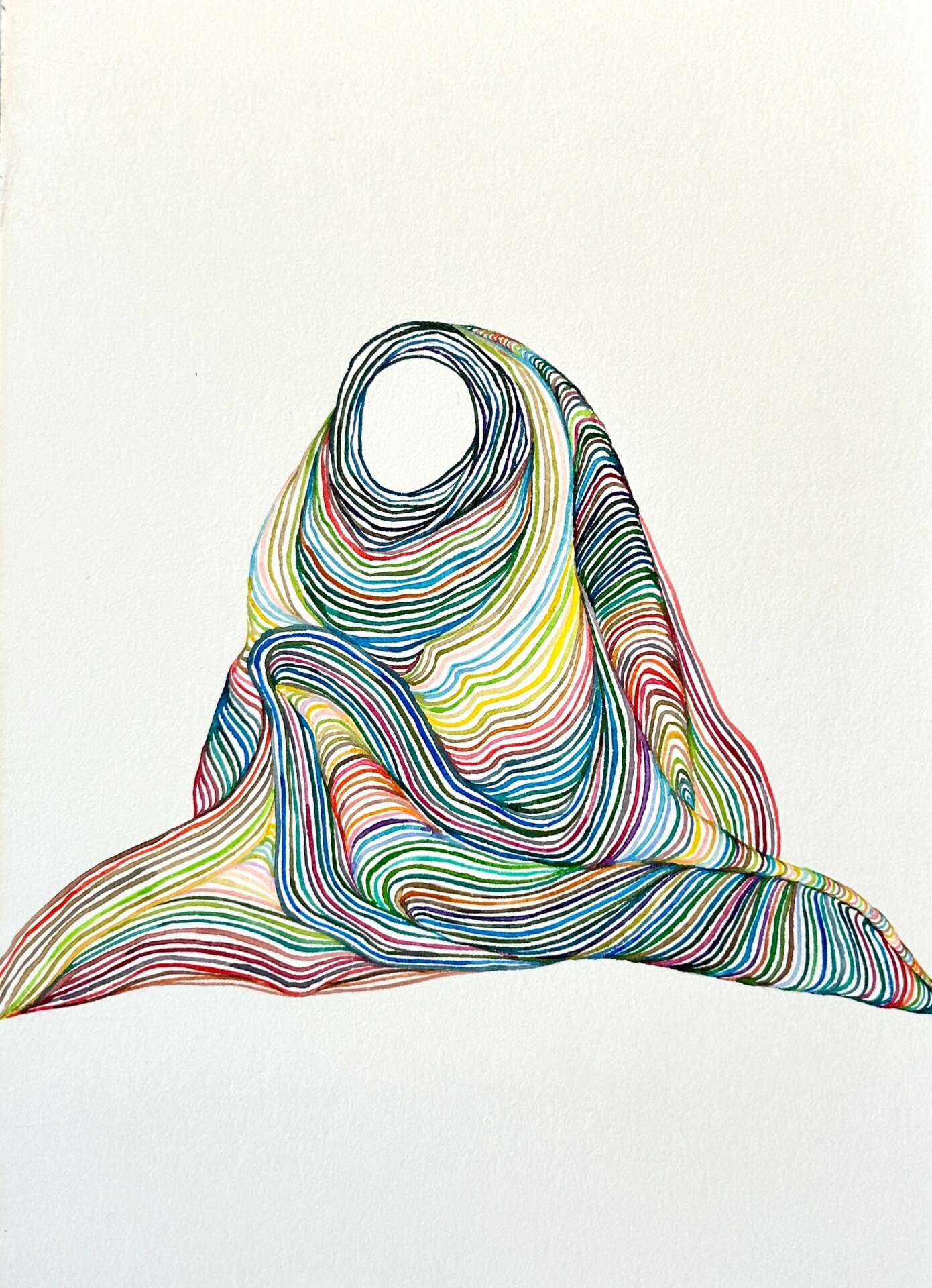
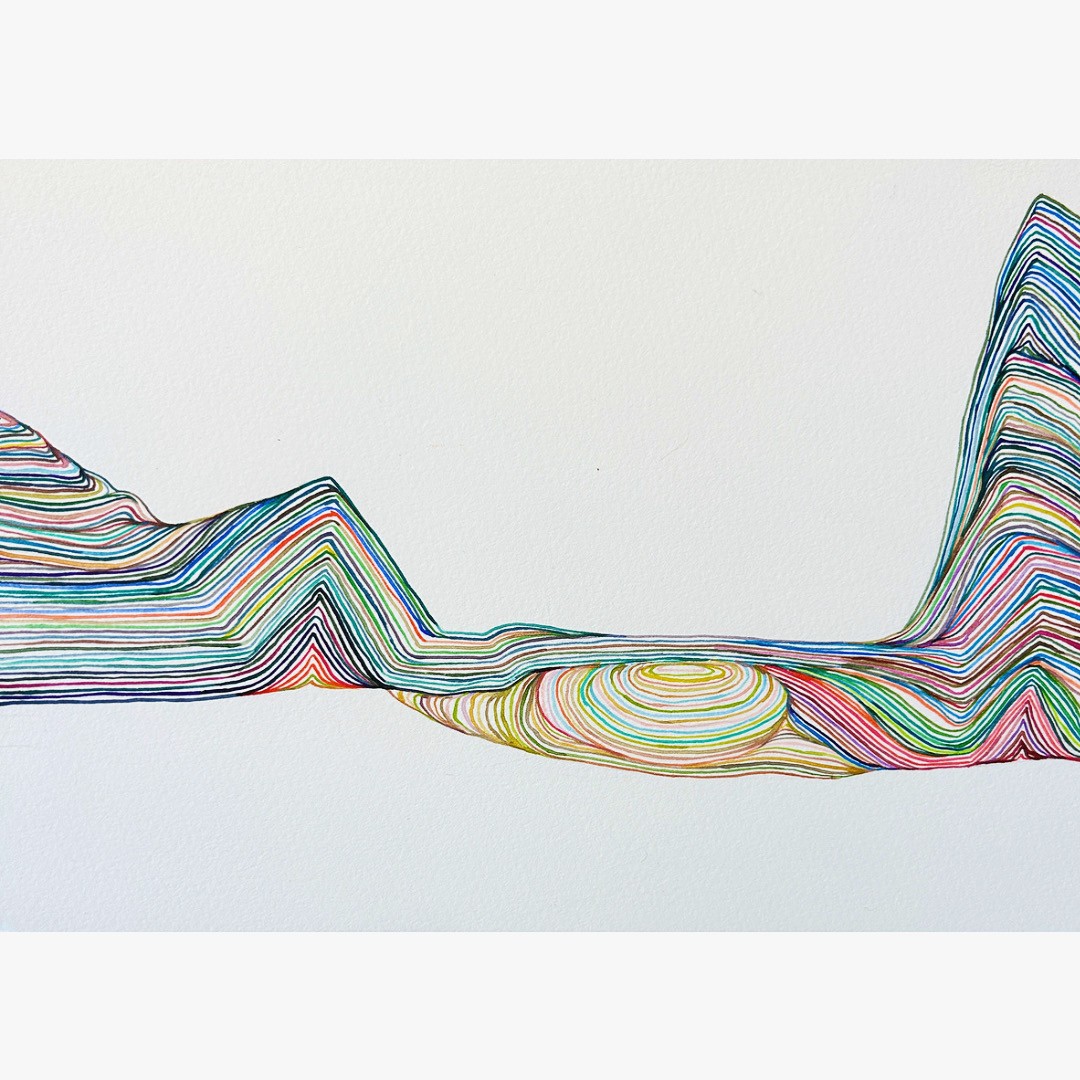
Contact Info:
- Website: sandrawongorloff.com
- Instagram: @sandrawongorloff
- Facebook: Sandra Wong Orloff
- Linkedin: Sandra Wong Orloff
Image Credits
All images Sandra Wong Orloff ©2023


